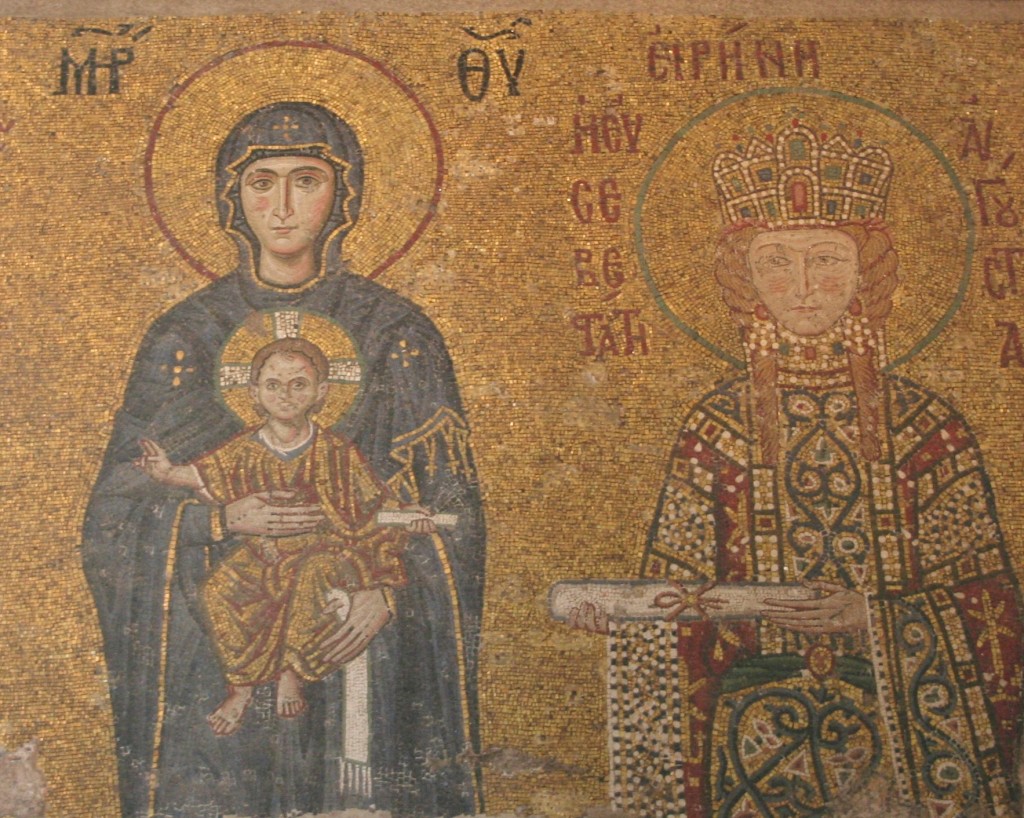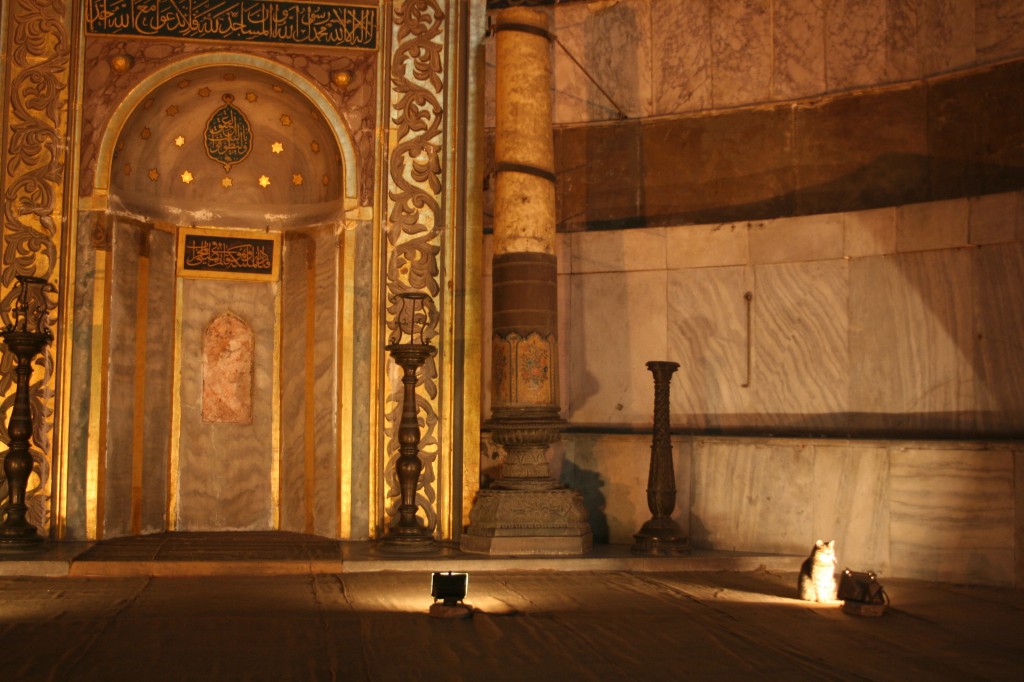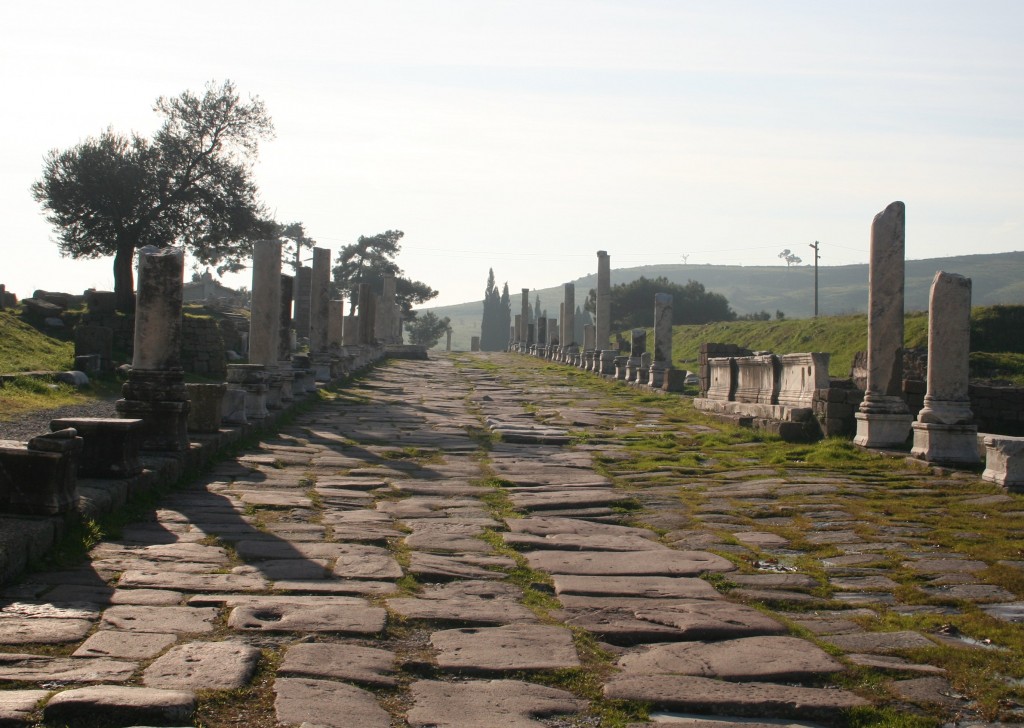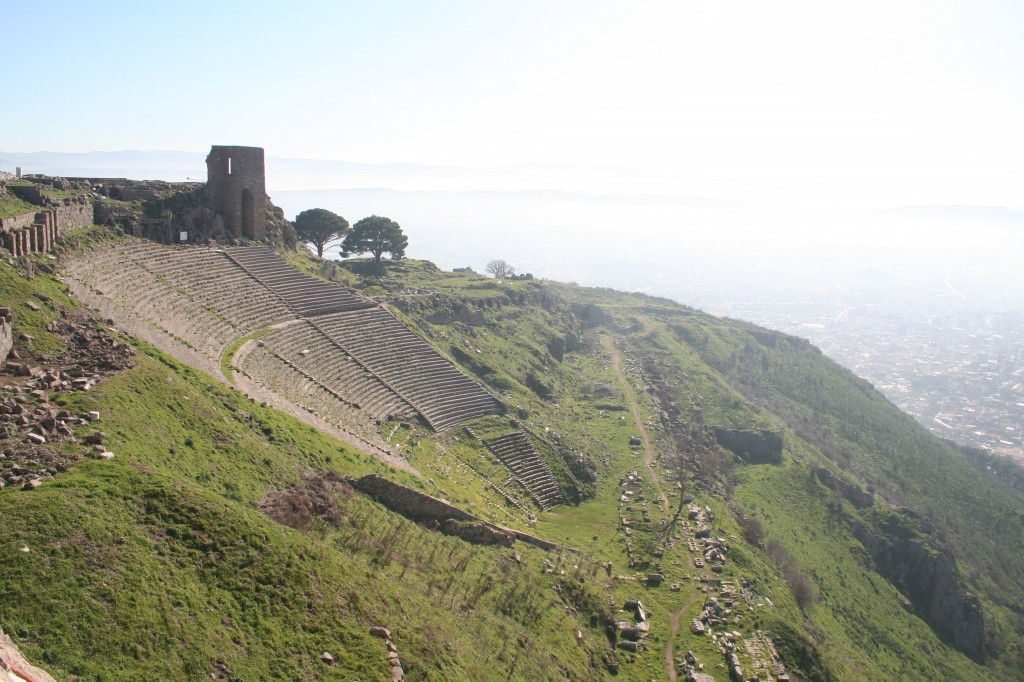
If you’re wondering if the Holy Rover is ever going to come back from Turkey, don’t give up hope, for I have just a few more days left of ruminations on my trip. I’m not quite through with Ephesus—more on that later—but today we take a journey about three hours north to the town of Bergama, also known by its Greek name of Pergamum.
After entering the acropolis at Pergamum, my first reaction was this: Why in the world isn’t this place as famous as Athens or Rome? For the ruins at Pergamum are as stunning as any in the world. That’s due both to their beauty and to their location, perched high atop a 1300-foot promontory that overlooks the town of Bergama and surrounding hills. At times it felt just a bit like Machu Picchu up there (or at least like I imagine Machu Picchu feels)—windswept, remote, and evocative of mystery.
Pergamum was once one of the greatest cities in the Greco-Roman world. It grew rich in the third century BC and later became the capital of the Roman province of Asia. It featured a 10,000-seat amphitheater cut into the steep side of the hill and was a renowned center of learning thanks to its library, one of the largest in the ancient world (our word parchment derives from Pergamum, in fact). The city was guarded by four patron deities: Zeus, Athena, Dionysus, and Asclepius, and in 29 BC it became the site of the first imperial cult temple in Asia, the temple of Augustus.
Such a dramatic site clearly needed a really big altar to honor the king of the gods, and so the altar to Zeus was built. It was the largest altar of the ancient world, an immense structure nearly 120 feet wide and 40 feet high, with a decorated frieze depicting the struggle between the gods and giants. Fires from the sacrifices there could be seen from far away, a symbol of imperial might as well as religious devotion.
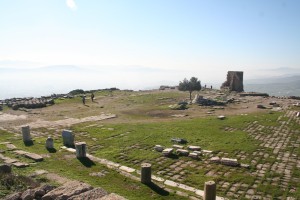
Alas, in the nineteenth century the Germans took Zeus’ altar to a museum in Berlin, a cultural theft on the same order as the British swiping the Elgin Marbles from the Parthenon. (You can go to Berlin to see the altar at the Pergamum Museum, and perhaps we should be grateful that its splendor has been preserved somewhere.) Today on top of Pergamum’s hill there are only a few scattered stones left from the altar, but enough remains of its other marble monuments to give a sense of the grandeur that once was here.
Pergamum played a role in early Christian history as well. It was the third of the seven churches mentioned in Revelation 1-3, and some scholars believe that the altar to Zeus served as the inspiration for Satan’s throne mentioned in Revelation 2:13. It makes sense, does it not? If you are a persecuted minority, hounded and beleaguered, and you want to choose a symbol of all that is oppressing you, that altar to Zeus is a pretty good choice, standing as it did in the center of the powerful acropolis of Pergamum. Naming it after Satan is an appropriate touch, too, a final thumbing of your nose at imperial Rome.
By now, of course, Zeus has long fled Pergamum, along with Athena and the rest of the gods. (You also have to look long and hard to find many Christians in Turkey, of course). Is there any place quite so forlorn and haunted as a holy place which the gods have abandoned?


